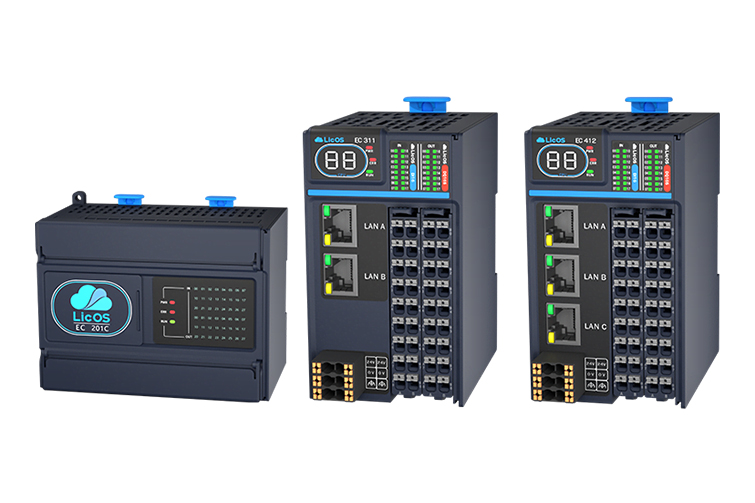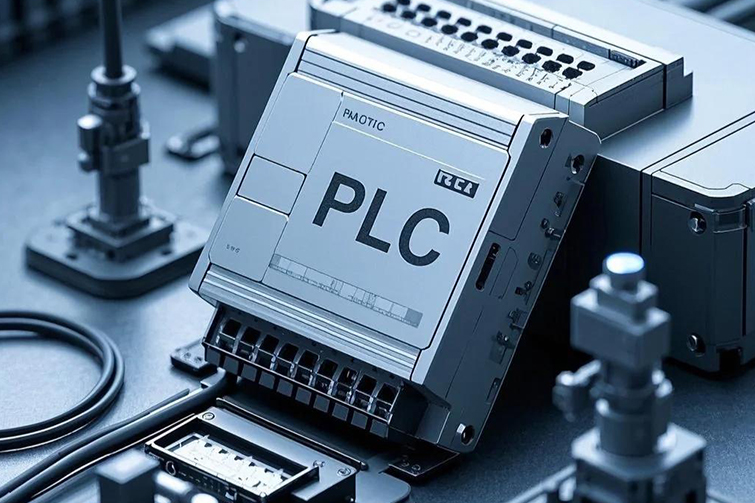

Domestic PLC vs. Imported PLC: Who Is the True Cost-Performance King?
In the field of industrial automation, the choice of a Programmable Logic Controller (PLC) is critical. As the "brain" of automated equipment, a PLC determines the stability, efficiency, and scalability of an entire system. Today, many enterprises face a key decision: should they choose domestic PLCs or stick with imported PLCs? Let’s compare the two to see which one offers better cost-performance.
1. Price Advantage
- Domestic PLCs: Generally, local brands come with a much lower price tag. They not only save on procurement costs but also reduce after-sales maintenance expenses, making them attractive for small and medium-sized enterprises.
- Imported PLCs: Known for their strong reputation, imported brands are usually more expensive. The higher cost includes not only the product itself but also long-term maintenance and spare parts.
Verdict: Domestic PLCs win in price competitiveness.
2. Performance and Stability
- Domestic PLCs: In recent years, domestic brands have improved significantly in CPU processing speed, communication protocols, and reliability. However, in extreme industrial environments, performance may still fall short of the most established imported brands.
- Imported PLCs: Global leaders like Siemens, Mitsubishi, and Rockwell have decades of experience, offering highly stable products with proven performance across industries worldwide.
Verdict: Imported PLCs maintain a slight edge in stability and long-term reliability.
3. Technical Support and After-Sales Service
- Domestic PLCs: Local suppliers often respond faster, with 24/7 technical support and engineers available on-site in shorter timeframes. Customization is also easier due to flexible service models.
- Imported PLCs: While support quality is professional, response times are longer, especially if spare parts need to be shipped from overseas.
Verdict: Domestic PLCs are more efficient in after-sales response.
4. Ecosystem and Compatibility
- Domestic PLCs: Progress has been made in software platforms and industrial networking, but compatibility with certain imported equipment may still pose challenges.
- Imported PLCs: Enjoy a mature ecosystem with broad compatibility across industries, making integration easier in multinational or high-tech projects.
Verdict: Imported PLCs lead in ecosystem and global adaptability.
Conclusion: Who Is the Cost-Performance King?
If budget and after-sales response are your top concerns, domestic PLCs are undoubtedly the cost-performance champion. They are especially suitable for small and medium-sized enterprises, as well as applications that do not require extreme environmental tolerance.
However, if your project demands ultra-high stability, global compatibility, and long-term reliability, imported PLCs still hold an advantage despite their higher price.





